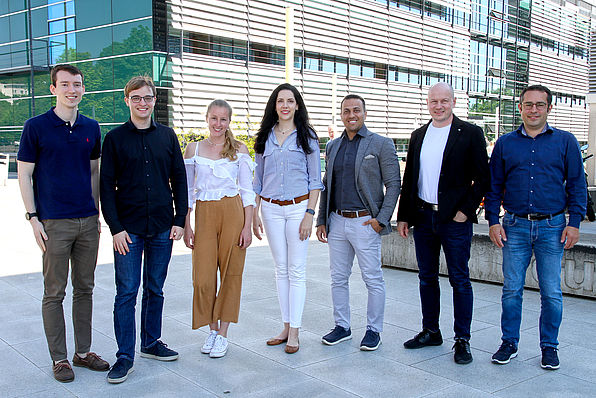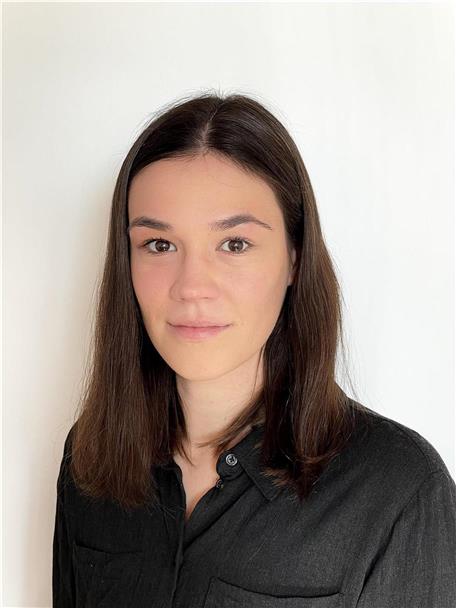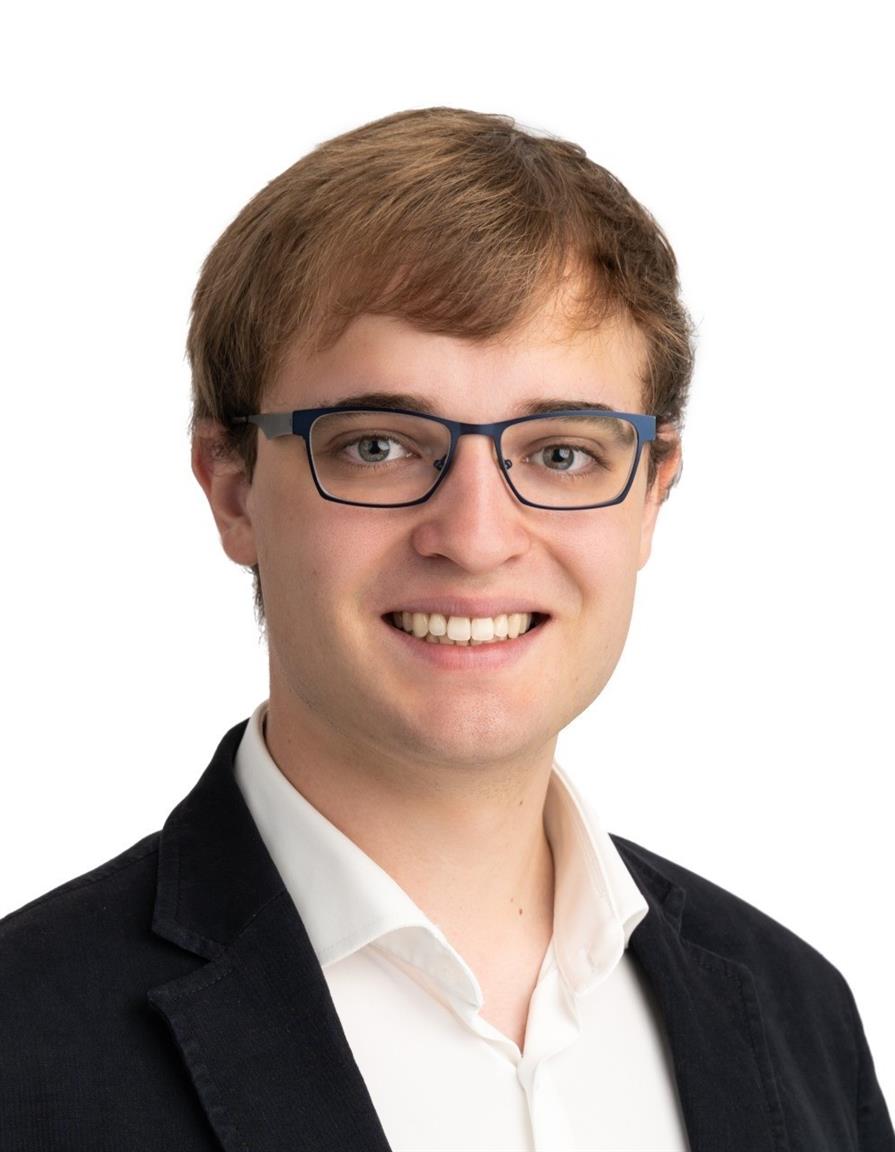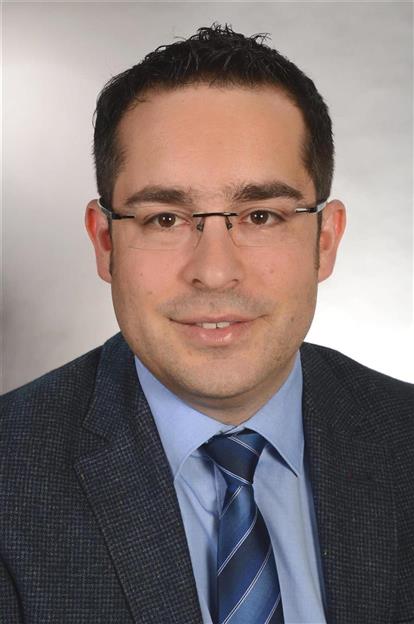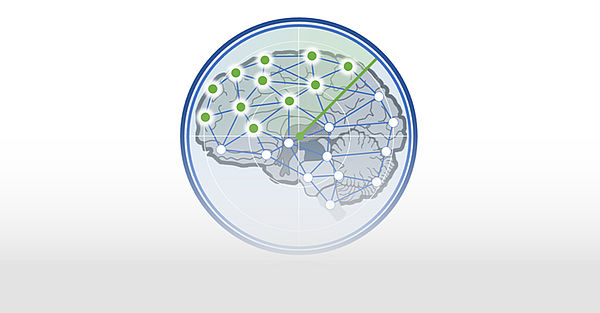
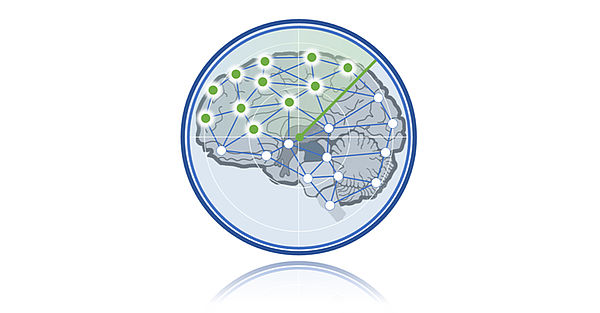
The research group aims to uncover mechanisms of action of deep brain stimulation (DBS) therapy and to translate the pathophysiological insights into future developments. Currently, Parkinson’s disease, essential tremor and dystonia are incurable diseases causing severe impairment in quality of life and daily activities. DBS is mainly used when medication fails to achieve sufficient motor symptom control. We envisage to improve both the efficacy and safety of DBS and to enable the treatment of symptoms resistant to treatment, e.g. freezing of gait.
As our current focus, we strive to improve deep brain stimulation therapy for resistant gait impairment in Parkinson’s disease (PD). Using local field potentials (LFP), mobile EEG, EMG and inertial motion units, we are characterizing pathological mechanisms giving rise to gait disorders in PD. The insights translate into novel therapy concepts to approach future adaptive and personalized therapy delivery.
Focus of work:
Deep brain stimulation (DBS) is a routine treatment for patients suffering from conditions including but not limited to Parkinson's disease (PD), essential tremor (ET) or dystonia. While its clinical benefits have been proven in multiple trials, much of how DBS works and why is still obscure. Many questions remain as to how DBS can realize its full potential which requires an in-depth knowledge of pathological brain signals and a deep understanding of motor control. More recently, there has been a rigorous interest in identifying both parkinsonian and physiological patterns of neuronal activities, especially freezing of gait in PD, to tailor DBS according to a patient's individual needs.
Dr. med. Idil Cebi is a board-certified neurologist. She is investigating pre-operative factors which enable clinicians to predict postoperative clinical responses in patients exhibiting freezing of gait after implantation of DBS electrodes into the subthalamic nucleus (STN). Moreover, she is interested in the efficacy of combined STN and substantia nigra pars reticulata (SNr) Co-stimulation for axial symptoms that remain resistant to treatment.
Mohammad Hormozi is a clinician-scientist. His research area focuses on freezing of gait in idiopathic PD patients performing clinical/experimental studies on the fine tuning of SNr-DBS-Stimulation.
Moritz Löffler is working as a clinician-scientist and currently investigating the neurophysiological metrics of the basal-ganglia-thalamo-cortical loops and their influence on freezing of gait. Also, he is interested in the imaging-based representation of functional fibre tracts.
Dr. med. Philipp Klocke, MSc is a clinician scientist. His area of research comprises the search for neurophysiological signatures in patients with freezing of gait based on different brain oscillatory patterns. Using methods from computational neuroscience, he is assisting the research group with data segmentation, pre-processing, artefact-clearance, spectral- and connectivity analyses.
Yiwen Li Hegner, PhD is a former postdoc of this research group with a broad understanding and experience in MEG-research. In the meantime, she has successfully secured her own DFG-grant and remains an integral partner for neurophysiological analyses.
Doctoral Theses (ongoing):
- Cand. med. Hannah Müssler (IZKF scholarship recipient)
- Cand. med. Niko Zang (IZKF scholarship recipient)
- Lisanne Dorrmann
- Marlene Topka
- Kim-Susann Hennefarth
- Sarah Klatt
- Kilian Gunkel
Doctoral Theses (completed):
- Dr. med. Idil Cebi: „Vorhersage der Wirkung der STN-Stimulation auf Gang-Freezing“
- Dr. med. Johannes Klemt: „Modulation neuromuskulärer Gangintegration durch Tiefe Hirnstimulation“
- Dr. med. Anna Schoellmann: „Modulation neuromuskulärer Synchronisation und kortikaler Aktivität durch transkranielle Gleichstromstimulation bei Patienten mit idiopathischem Parkinsonsyndrom“
- Dr. med. Melanie Heilbronn: „Modulation antizipatorischer posturaler Anpassung durch Tiefe Hirnstimulation des Ncl. subthalamicus und der Substantia nigra pars reticulata“
- Dr. med. Margarete Walach: “Combined interleaving stimulation of the subthalamic nucleus and the substantia nigra pars reticulata for resistant gait disturbances in Parkinson’s disease”
- Dr. med. Rosa Klotz: „Cortical motor network modulation: Common mechanisms parallel efficient motor integration in implicit motor learning in healthy subjects and subthalamic neurostimulation in Parkinson’s disease”
Local Cooperations:
Signal Analysis - Prof. Markus Siegel; Machine Learning - Prof. Jakob Macke (Excellence Cluster for Artificial Intelligence); Cortical Stimulation - Prof. Ulf Ziemann; Biomechanics - PD Dr. Daniel Häufle; Computational Sensomotorics - Prof. Martin Giese
Consortia:
Lead: STN + SNr Study Group; DiFuture BMBF Teilprojekt; CogDBS (in application)
Cooperation: EARLYSTIM Study Group; STIMTOX Study Group; StimCP Study Group
Funding:
Industry: Abbott; Abbvie; Bial; Boston Scientific; Medtronic; STADA Pharm
Foundation: Michael J. Fox Foundation (MJFF)
Public: Deutsche Forschungsgemeinschaft (DFG; WE5375/1-1+WE5375/1-3)
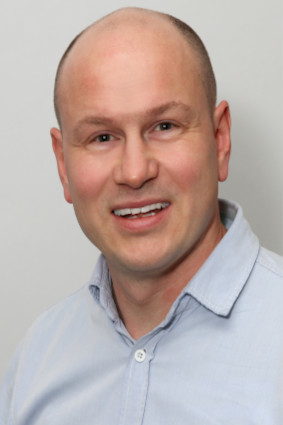



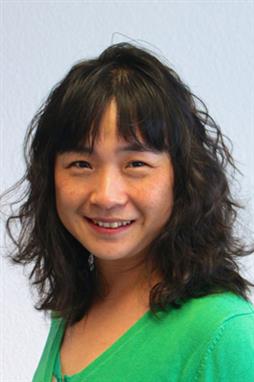
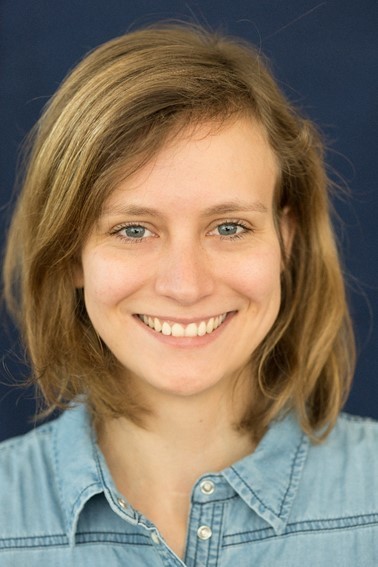
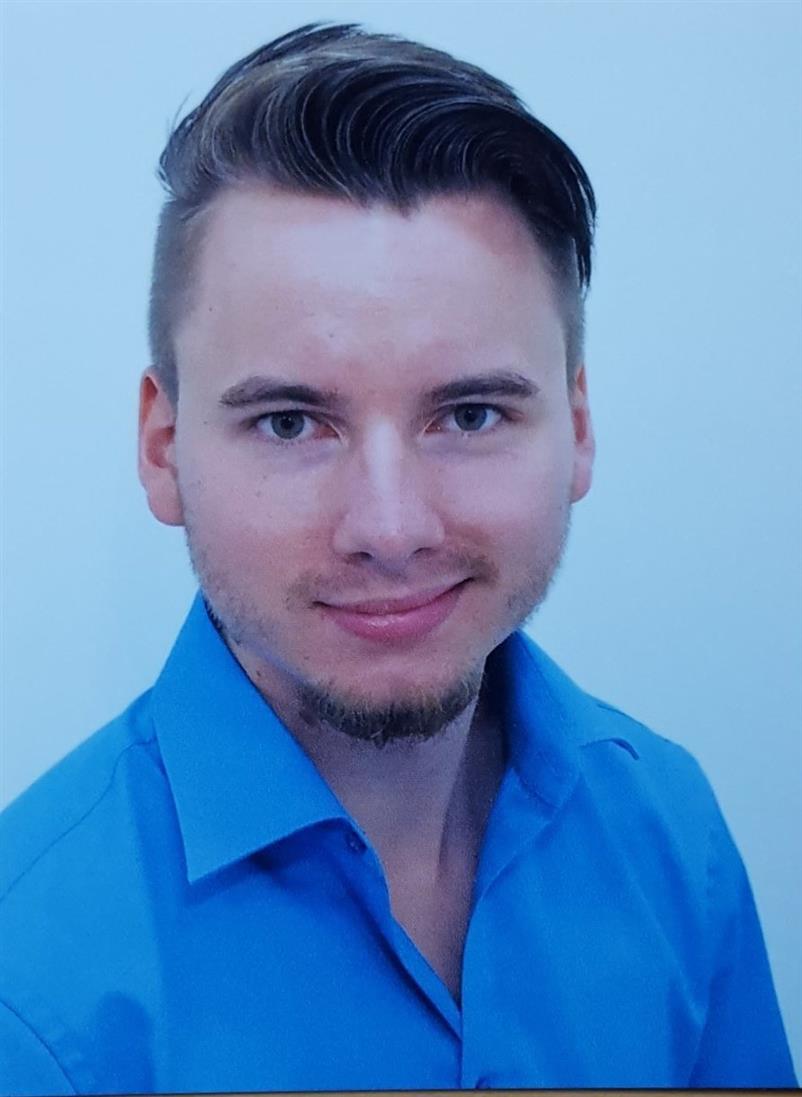
Entire Publication Record:
Selected Publications:
Weiss, D., Volkmann, J., Fasano, A., Kühn, A., Krack, P., & Deuschl, G. (2021). Changing Gears - DBS For Dopaminergic Desensitization in Parkinson's Disease?. Annals of neurology, 90(5), 699–710.
Scholten M, Schoellmann A, Ramos-Murguialday A, López-Larraz E, Gharabaghi A, Weiss D. Transitions between repetitive tapping and upper limb freezing show impaired movement-related beta band modulation. Clin Neurophysiol. 2020 Oct;131(10):2499-2507.
Weiss D, Schoellmann A, Fox MD, Bohnen NI, Factor SA, Nieuwboer A, Hallett M, Lewis SJG. Freezing of gait: understanding the complexity of an enigmatic phenomenon. Brain. 2020 Jan 1;143(1):14-30.
Scholten, M., Govindan R.B., Braun, C., Bloem, B., Plewnia, C., Krüger, R., Gharabaghi, A., Weiss, D. Cortical correlates of susceptibility to upper limb freezing in Parkinson’s disease. Clin Neurophysiol 2016b; 127(6):2386-93
Scholten, M., Klotz, R., Plewnia, C., Wächter, T., Mielke, C., Bloem, B., Braun, C., Ziemann, U., Govindan, R.B., Gharabaghi, A., Krüger, R., Weiss, D. Neuromuscular correlates of subthalamic stimulation and upper limb freezing in Parkinson’s disease. Clin Neurophysiol 2016a: 127(1):610-20
Weiss, D., Klotz, R., Govindan, R.B., Scholten, M., Naros, G., Murguialday, A.R., Bunjes, F., Meisner, C., Plewnia, C., Krüger, R., Gharabaghi, A. Subthalamic stimulation modulates cortical network activity and synchronization in Parkinson’s disease. Brain 2015; 138:679-93
Weiss, D., Walach M., Meisner, C., Fritz, M., Scholten, M., Breit, S., Plewnia, C., Bender, B., Gharabaghi, A., Wächter, T., Krüger, R. Nigral stimulation for resistant axial motor impairment in Parkinson’s disease? A randomized controlled trial. Brain 2013; 136(7): 2098-108.
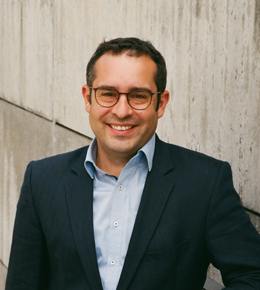
Hertie Center of Neurology
Hertie Institute for Clinical Brain Research
Department Neurodegenerative Diseases
Hoppe-Seyler-Straße 3
72076 Tübingen
Phone: +49 (0)7071 29-2342
Fax: +49 (0)7071 29-4255
©High resolution photo created by rawpixel.com



